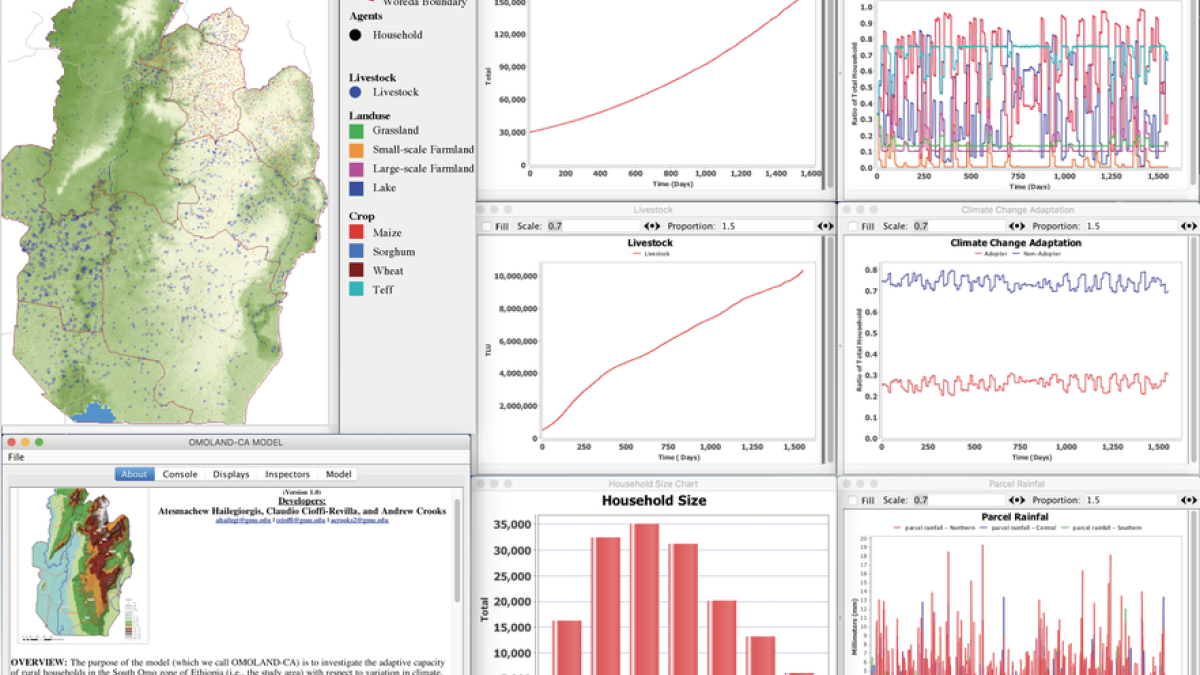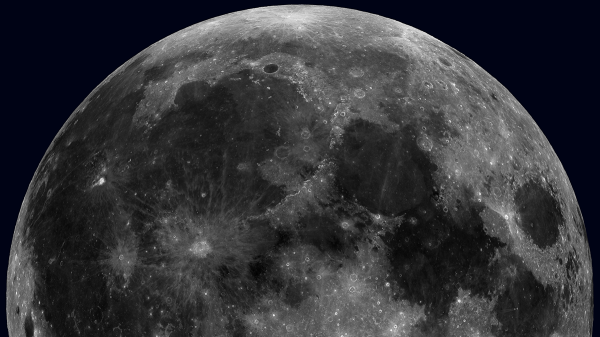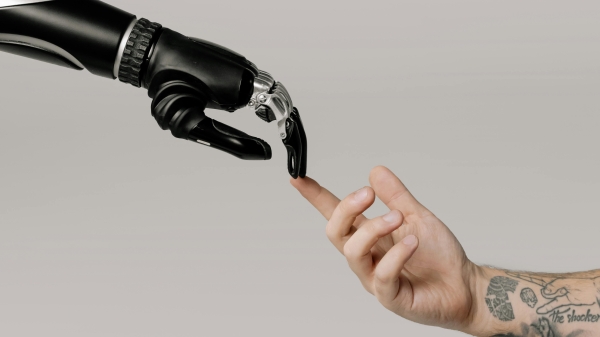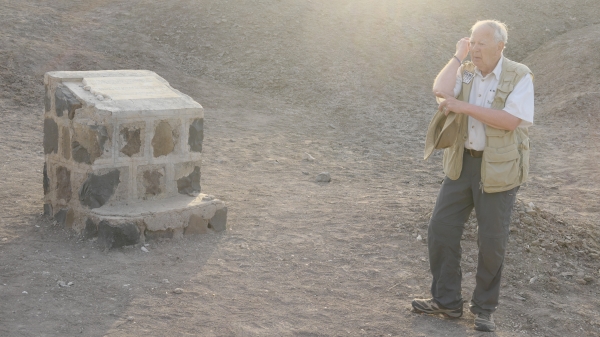$4.2M NSF grant will advance innovation in computational modeling for sustainability

Sample from the CoMSES.Net library of a computational model that simulates a potential future.
Computational modeling is a surprising and extremely valuable research tool for developing sustainability practices and policies. It uses computer simulation to analyze and predict socioeconomic and environmental needs based on an infinite combination of factors, allowing researchers to formulate solutions and inform policy decisions that maximize benefits and minimize harm.
To bolster innovation in this discipline, the National Science Foundation (NSF) awarded a $4.2 million grant spanning five years to develop new technology and cyberinfrastructure to help scientists make their models more accessible with a focus on charting a more sustainable future for our planet. Of the total, $3.7 million in grant funding will be allocated to CoMSES.Net (the Network for Computational Modeling in Social and Ecological Sciences), an international community and online science gateway of resources for computational modeling for the study of social and ecological systems, housed at Arizona State University.
The project, “An Integrative Cyberinfrastructure Framework for Next-Generation Modeling Science,” is funded by the NSF Cyberinfrastructure for Sustained Scientific Innovation (CSSI) program. CoMSES.Net plans to utilize funding to develop new cyberinfrastructure and technology to advance the next generation of human-earth systems modeling. Along with this, the team will produce online educational materials that expand knowledge and access to computational modeling technology, for scientists and non-scientists.
Finally, CoMSES.Net will expand its existing online library — where scientists can share their model code with others — by creating models that can be run on multiple computer systems and in the cloud. Users will also get access to the NSF Open Science Grid at ASU, allowing them to create larger models needed for simulating global-scale socioecological systems.
“By integrating innovative technology with training and incentives to engage in best-practice standards, this project will stimulate innovation and diversity in modeling science,” explained Michael Barton, principle investigator of the project and senior global futures scientist at the ASU Julie Ann Wrigley Global Futures Laboratory. “It will let creative researchers build on each other’s work and combine it in new ways to address societal and environmental challenges we have not yet perceived.”
The researchers plan to transform the practice of scientific modeling by encouraging other researchers to begin thinking about how they can create their models to be used by other scientists, educators and policymakers around the world. Additionally, the tools and educational material that will be developed through this initiative will be free and accessible to not only large research institutions, but also smaller colleges, local governments and individuals alike so that any community can discover the power of computational modeling.
With the support of the Community Surface Dynamics Modeling Systems, a geoscience scientific modeling network, and the Consortium of Universities for the Advancement of Hydrologic Science Inc., a hydrology scientific modeling and data network, this grant will foster an evolving ecosystem of diverse, reusable and integrable models that are accessible to anyone in the world.
More Science and technology

ASU teams up with industry for moon rover project to advance lunar exploration for NASA Artemis missions
Arizona State University continues to advance its presence in the commercial space sector, building strategic partnerships with…

ASU workgroup addresses ethical questions about the use of AI in higher ed
As artificial intelligence becomes more ubiquitous in our everyday lives, the AI and Ethics Workgroup at Arizona State University…

The tiny bone that led to a very big discovery
Nov. 24 will mark 50 years since Arizona State University’s Donald Johanson discovered the Lucy fossil skeleton. It’s a find that…